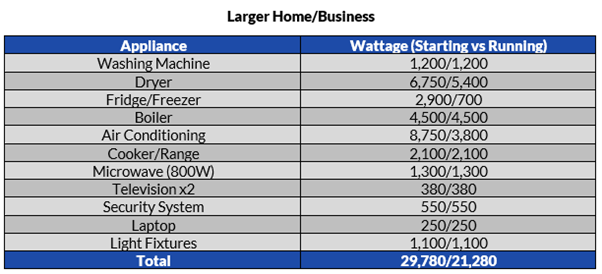The COVID-19 pandemic combined with the end of the Brexit transition period earlier this year left almost every business sector in the UK with doubt and uncertainty, and the energy sector is no exception.
Despite fears of new COVID variants, there is growing positivity that we may turning a corner with the rollout of the vaccine scheme. That said, we still face uncertainty over employment, future resilience, and sustainability efforts.
But, where there’s uncertainty, there lies an opportunity to take advantage of the sector’s importance on the world stage.
In this blog, we’ll be looking at what the UK energy sector can do to develop a sustainable framework to evolve beyond the pandemic and Brexit teething issues.
Leading the Green Charge
The UK is one of the leading nations in environmental concerns and leads the charge for decarbonisation by 2050. Statistics show that UK emissions have been slashed by almost 40% since 1990, which accounts for more than any other advanced economy in the world.
These encouraging signs mean that the UK is in a great position to push the course of a green recovery on the other side of the pandemic. Large-scale and long-term energy projects will be the crux of this recovery, which will need to include carbon capture usage storage (CCS) and hydrogen systems.
CCS is well regarded as a crucial factor if we are to hit our net-zero goals. Last year’s March budget set aside more than £1billion to invest in furthering CCS infrastructure, which hopes to have projects operational by 2030.
The newly assembled UK North Sea CCS consortium contains big businesses, such as BP, Eni, National Grid, Shell, Total, and Equinor, and will see BP develop offshore carbon dioxide transport and storage infrastructure in the North Sea.
This newly founded infrastructure will service the UK’s first two industrial clusters that hope to be fully operational by 2030, Net Zero Teesside and Zero Carbon Humber.
Not only are these projects crucial for creating jobs in Northern England, but the key for post-pandemic recovery and for the UK’s commitment to environmental concerns.
Hydrogen projects have also seen a great deal of interest from both public and private investors. This comes off the back of the government announcing a Ten Point Plan which includes a £240 million Net Zero Hydrogen Fund which is projected to create around 8-10,000 jobs in key parts of the country.
How the EU-UK Energy Relationship Might Develop
Although the UK is no longer part of the EU, and the deal clearly stipulates that the UK and EU are to have a limited regulatory relationship going forward, energy relations will continue.
Back in late 2019, the EU put forth the European Green Deal which has and will continue to impact the UK’s markets, trade, and climate policy stance.
The UK and EU energy policies will remain aligned, primarily due to geographical circumstances. The split of energy policies could have consequences for the interconnectors between the UK and the EU, which in 2019 supplied 8 – 10% of the UK’s electricity.
These same interconnectors will be crucial in the UK’s plan to continue to push for renewable energy solutions with a low carbon electricity grid.
Looking to the Future
A strong green recovery from the ashes of the pandemic coupled with a raft of successful post-Brexit climate policies should continue to solidify the UK’s position as a leader on the global stage for environmental concerns.
Now the UK is considered independent from the EU, there is a significant opportunity to create new relationships with businesses, governments, and policymakers to construct and build a more robust energy sector to support a growing society.
If you’d like to like any more advice about what we’ve covered in this blog, or you’d like to learn about any of our other products or solutions, then why not contact us today for more information?





